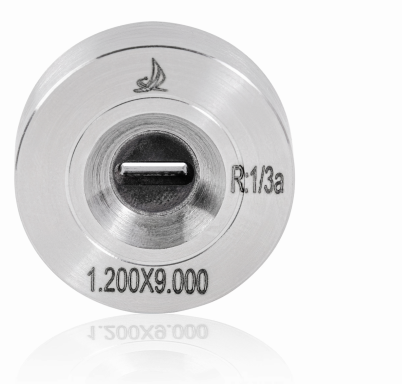The creation of complex cables requires tooling designed for precision assembly. Juxin (Anhui Juxin Intelligent Manufacturing Technology Co., Ltd.) manufactures components for this specific purpose. The function of a bunching die and a compacting die is central to this phase of production, where multiple individual wires are formed into a single, unified conductor. These tools are engineered to manage this process with a high degree of control, influencing the final product’s quality and performance.
The Initial Assembly Phase with Bunching
The first step in building a multi-strand cable involves gathering wires together. This is the primary role of the bunching die. It carefully guides and gathers multiple fine wire strands, such as copper, into a preliminary bundled configuration. This initial formation is essential before further processing can occur. The design of the bunching die ensures this is done smoothly, with ultra-low surface friction to protect the wire and ensure a uniform start to the conductor’s formation.
The Final Densification Through Compacting
After bunching, the conductor moves to its final form. The compacting die is responsible for this last critical stage. It applies precise pressure to the bundled wires, reshaping them into a solid, high-density conductor with a smooth, continuous surface. This process eliminates gaps between strands, creating a cohesive unit that is essential for high-quality power cables. The performance of the compacting die directly affects the electrical and mechanical properties of the finished cable.
An Integrated Approach to Production
Juxin supports this entire sequence with complete production capabilities. Their process for medium-voltage power cable production begins with the bunching die to bundle fine wires. It then progresses to layered stranding, and is completed with the compacting die for final high-density formation. This integrated approach, covering the entire wire manufacturing process, ensures that each tool is perfectly matched to the next, providing a seamless transition from loose wires to a finished, high-performance conductor.
In summary, the journey from individual strands to a unified cable relies on specialized tooling. The bunching die performs the initial gathering, while the compacting die executes the final densification. Juxin’s provision of both tools, alongside complete process capabilities, highlights their role in supplying the essential components for manufacturing high-quality stranded and power cables.
